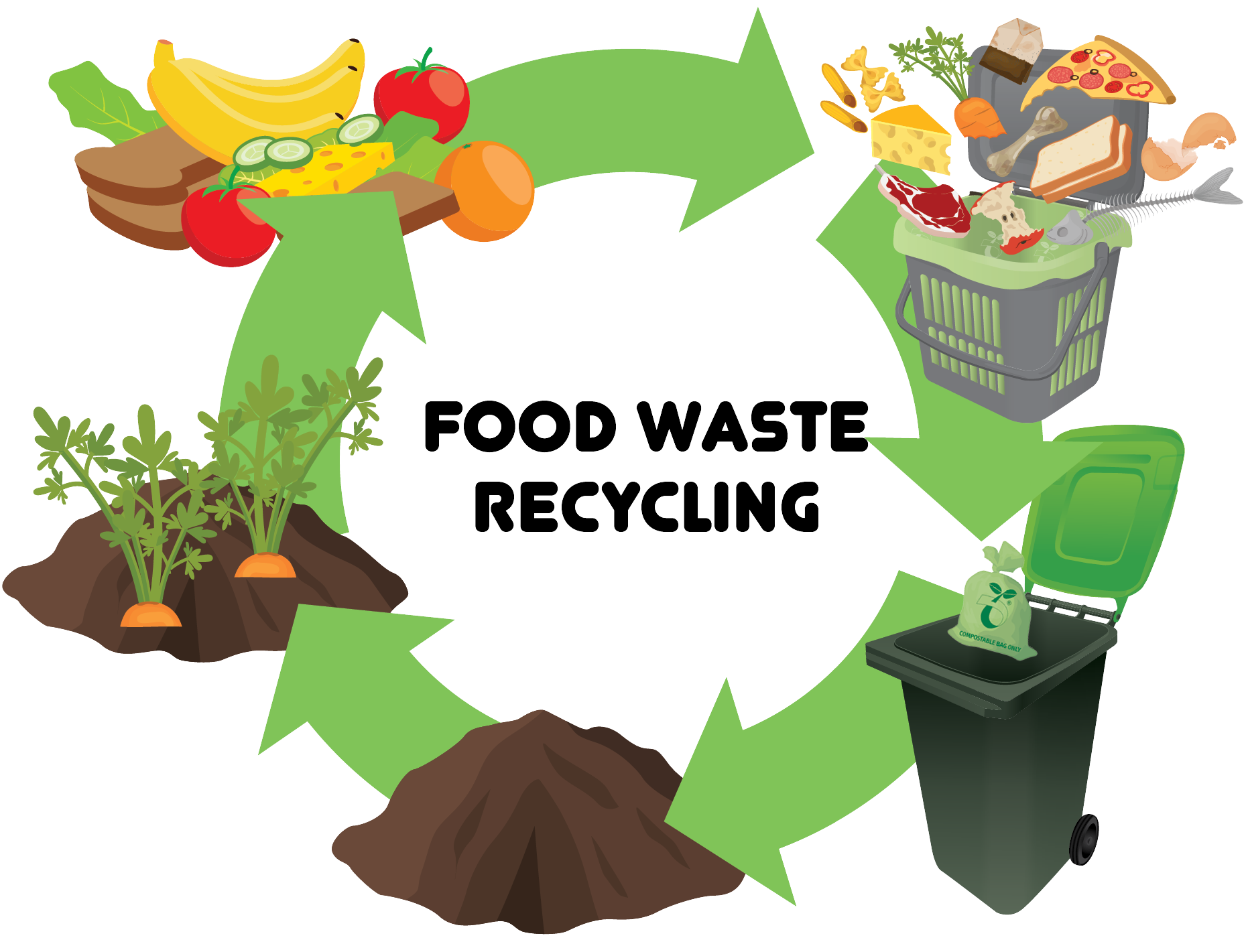WHICH BIN TIPS
Getting the most out of your food waste
Did you know that your food waste can be used to help South Australian farmers and growers to produce more food?
Here’s how it works:

1. Creating food scraps and waste
In your household, it’s likely that you’re generating food waste. Whether this comes in the shape of veggie peelings and offcuts, fruit peelings, or meat off-cuts, or if it’s dinner leftovers or any other foods you never got around to eating.
All unwanted food items should be placed in your green organics bin. And we mean all.
That includes meat, fish, dairy, citrus, egg shells, onion peel – any food, even if it’s old and mouldy.
For ease during the week, you can collect your food scraps in a certified compostable bag, stored in a kitchen caddy. Then, every few days, or when the caddy is full, take it out and place it in your green organics bin.
2. Your green bin is collected
When your green bin is emptied, your food and garden organics are taken to one of SA’s local composting facilities.
3. The materials are broken down
Over the next 8 to 10 weeks, with the help of microbes, water and the right temperature, your green bin materials will be broken down into compost.
4. The compost is screened for contaminants
Once all of the materials have been broken down, the resulting compost is screened and any contaminants that have been incorrectly placed in green bins, like plastic, textiles, glass and metals, are removed.
This process is difficult and expensive, and any contaminants still left behind will decrease the quality of the end product – so it’s important to use your green bin properly.
5. The compost is used on SA farms, vineyards and orchards
Once the screening process is complete, we’re left with nutrient-rich compost, soil and mulch products which go on to be used on South Australian farms, vineyards and orchards to grow fresh produce.
6. The cycle continues
The produce is sold, to you, and across South Australia, and the cycle continues.
Keep your food waste out of landfill
It’s a common misconception that putting your food waste in your red/blue landfill bin is just the same as putting it in your green organics bin – but this couldn’t be further from the truth.
When food waste goes to landfill, it rots and releases harmful methane gases into our environment, contributing to climate change.
It may be waste to you, but your food scraps are a valuable resource, and when you make the right choice by placing them in your green organics bin, you’re helping South Australia’s farmers to grow the high quality produce that South Australia is famous for.
